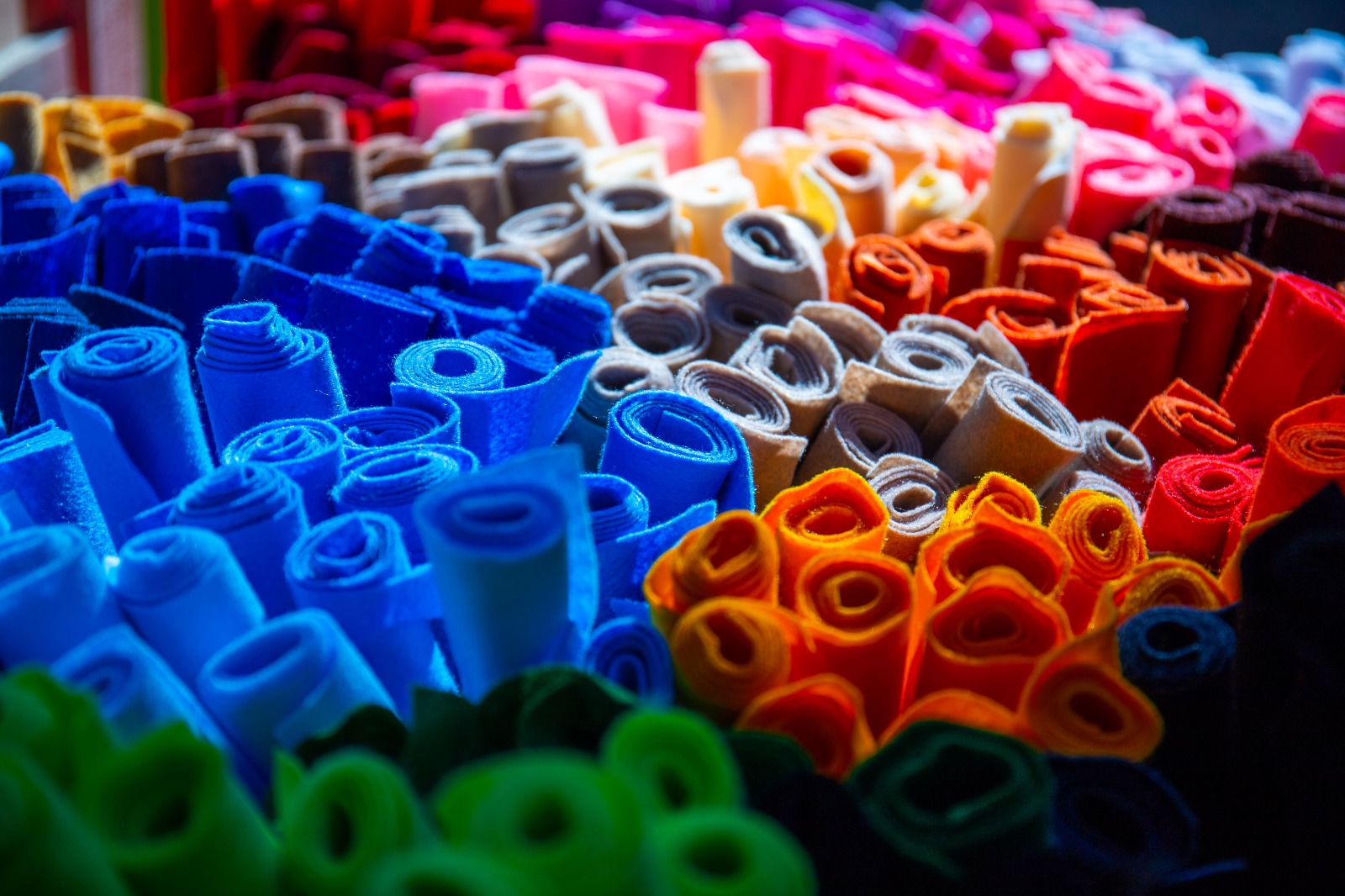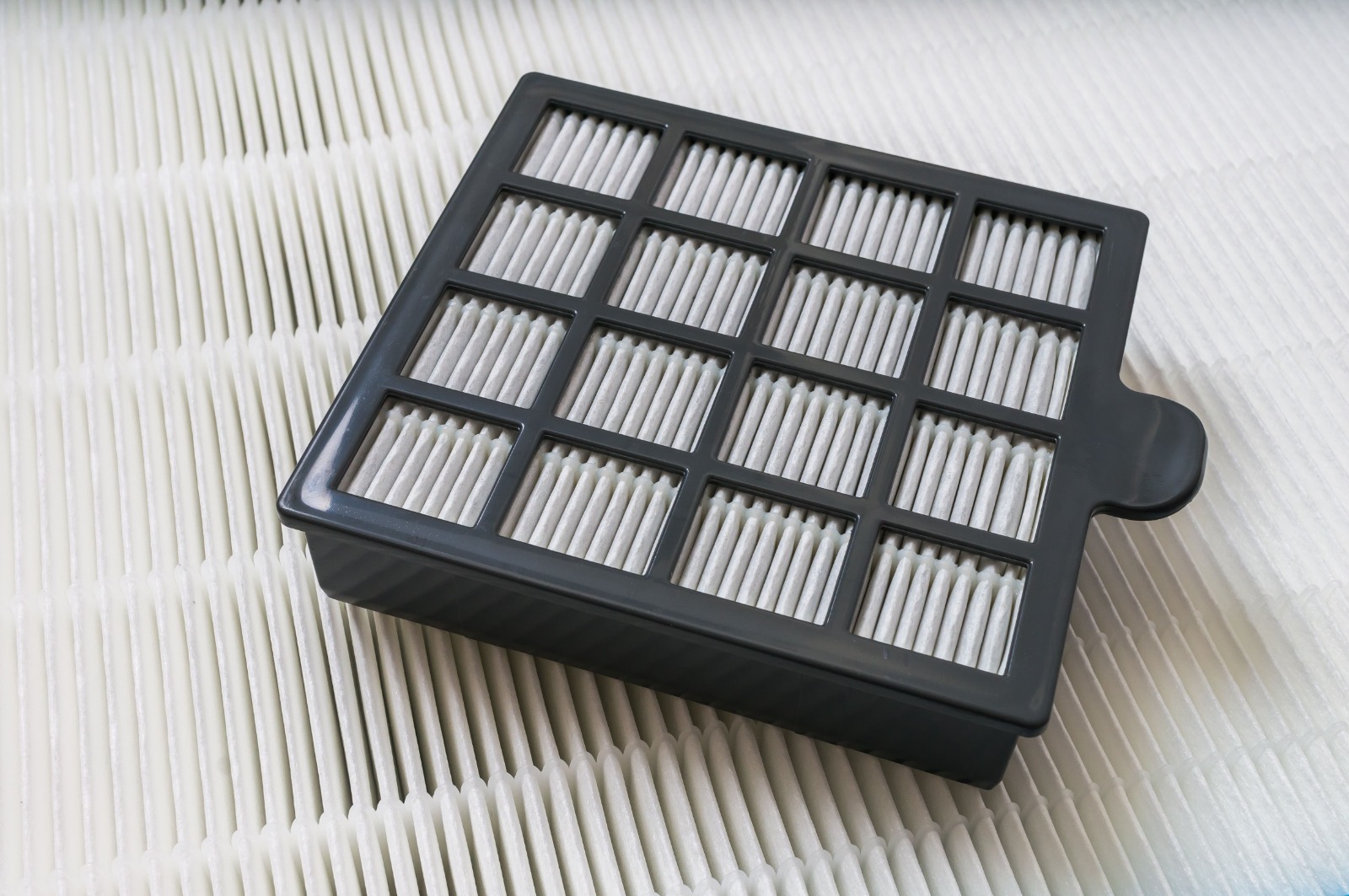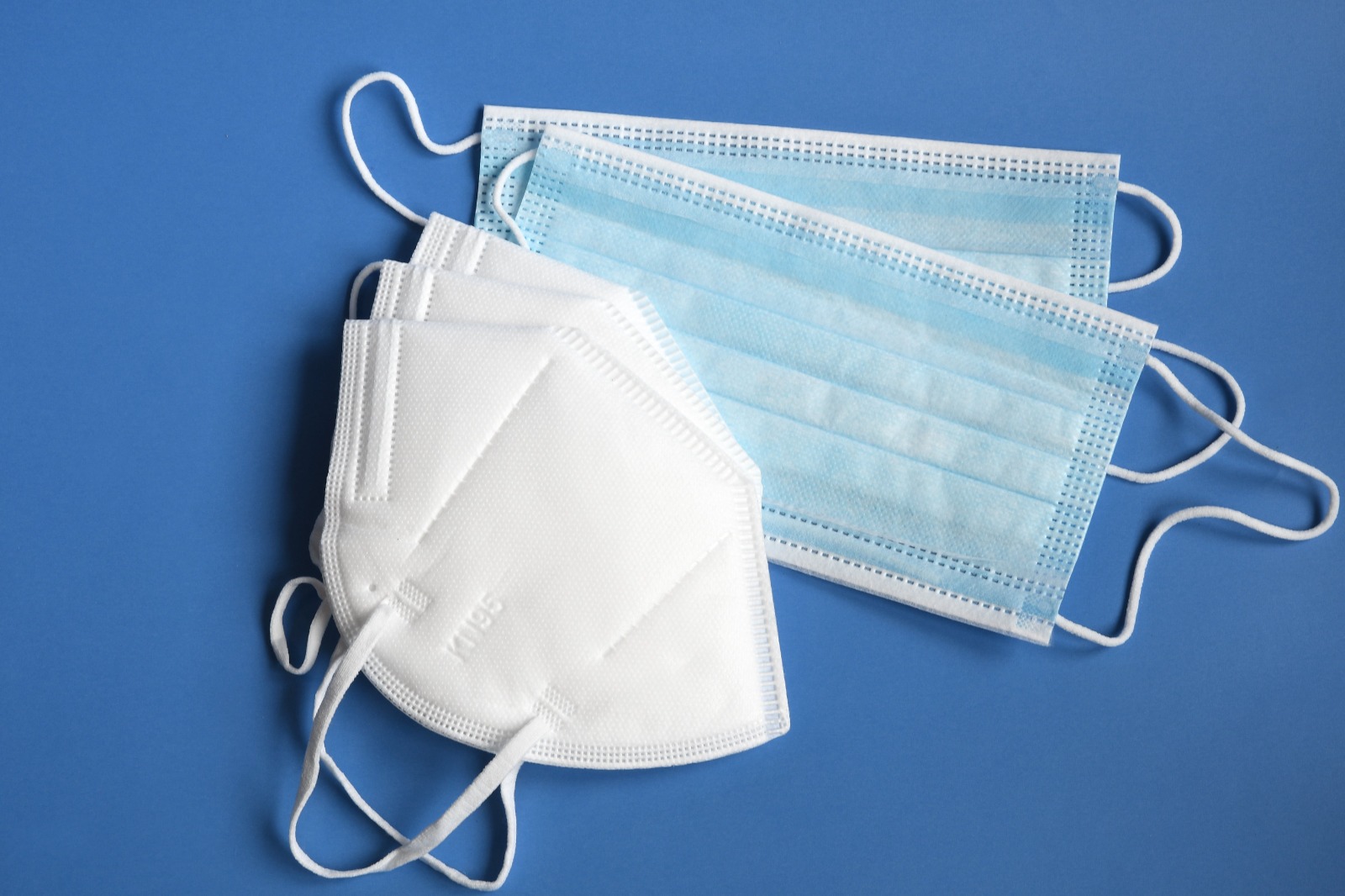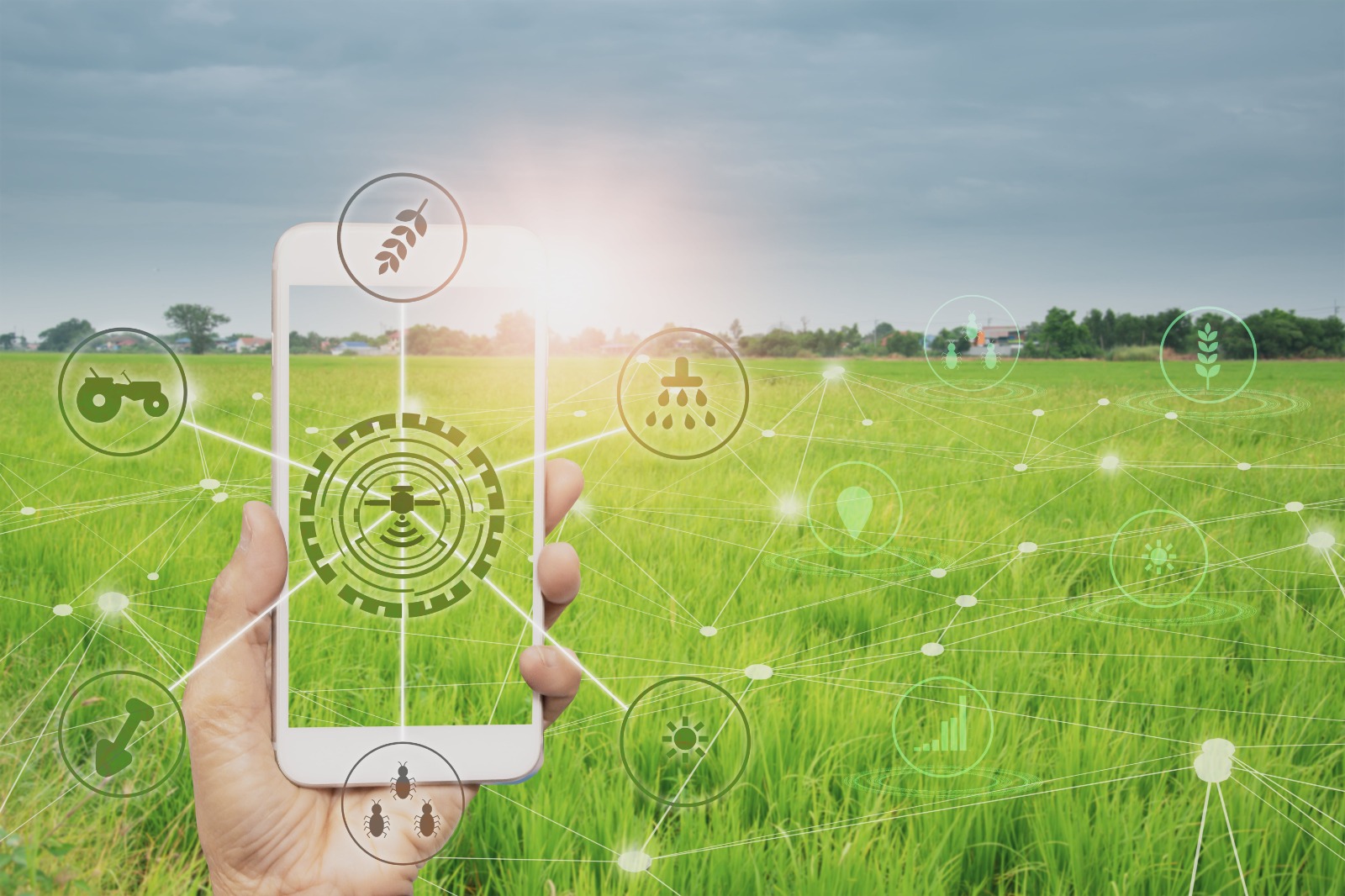
Fabrics are the foundation of countless industries and everyday life, influencing everything from the clothes we wear to the upholstery in our homes and the tools in industrial applications. Understanding the types of fabrics and their unique properties is essential for making informed decisions in fashion, home decor, construction, and beyond.
Explore Recent Blogs

Is Leather a Non-Woven Fabric? Let’s Unravel the Truth!
Leather embodies luxury, durability, and style. However, in a society increasingly focused on novel
Read More

Can You Heat Press Non-Woven Fabric? A Complete Guide
The textile industry has embraced heat pressing. Adding colourful graphics to cloth banners or perso
Read More

Can Non-Woven Fabric Be Washed? Let’s Unravel the Truth
Non-woven fabrics are used in a variety of applications, including medical masks, reusable shopping
Read More

Non Woven Fabrics Vs Woven Fabrics: Choose the Right Fabric
If you have ever asked yourself why some materials are all about robustness while others are cutting
Read More

Weave Your Success with Our Revolutionary Fabrics
Power your business with Elixrr's cutting-edge nonwoven fabric solutions. Eco-friendly, customizable, and engineered for excellence—because innovation starts with the right foundation.




Fabrics are the foundation of countless industries and everyday life, influencing everything from the clothes we wear to the upholstery in our homes and the tools in industrial applications. Understanding the types of fabrics and their unique properties is essential for making informed decisions in fashion, home decor, construction, and beyond.
In this guide, we’ll dive into the broad categories of fabrics, their characteristics, and where they shine. Whether you’re a textile enthusiast, a professional in the industry, or just curious, this article will help you unravel the threads of knowledge about different fabric types.
Fabric Categories: Woven, Non-Woven, and Knitted
Fabrics are categorized based on how they’re constructed. The three main types are woven, non-woven, and knitted fabrics.
1. Woven Fabrics
Woven fabrics are made by interlacing threads in a crisscross pattern, creating a strong and structured material. They come in different weaves like plain, twill, and satin.
2. Non-Woven Fabrics
Unlike woven fabrics, non-woven materials are created by bonding fibers together through mechanical, chemical, or heat processes. They lack the interwoven structure, which gives them unique properties.
3. Knitted Fabrics
Knitted fabrics are made by looping yarns together, resulting in a stretchy, flexible material. This structure makes them a go-to choice for comfortable, form-fitting applications.
Natural Fabrics: Beauty from Nature
Natural fabrics are derived from plant or animal sources, offering sustainability, comfort, and timeless appeal.
1. Cotton
2. Wool
3. Silk
4. Linen
Synthetic Fabrics: Innovations in Material Science
Synthetic fabrics are man-made, often using petrochemical processes, offering durability and versatility.
1. Polyester
2. Nylon
3. Acrylic
4. Spandex
Blended Fabrics: The Best of Both Worlds
Blended fabrics combine natural and synthetic fibers to create materials with enhanced properties.
For example:
Blends are common in fashion, home textiles, and industrial applications.
Specialty Fabrics for Specific Needs
Some fabrics are engineered for unique applications, blending technology and tradition.
1. Geotextile Fabrics
These are primarily non-woven materials used in construction and landscaping for soil stabilization, drainage, and erosion control.
2. Medical Fabrics
Non-woven polypropylene fabrics dominate this space for single-use items like masks, gowns, and sterilization wraps.
3. Performance Fabrics
Moisture-wicking, UV-resistant, or antimicrobial textiles cater to sports, outdoor, and activewear industries.
How to Choose the Right Fabric
Selecting the right fabric depends on its intended use and desired properties. Here are some factors to consider:
Weaving it All Together
Fabrics are more than just materials - they’re the building blocks of innovation, comfort, and design. Whether you’re exploring the timeless elegance of natural fabrics, the high performance of synthetic textiles, or the versatility of non-woven materials, understanding their types and applications empowers you to make better choices.
So, next time you shop for clothes, renovate your home, or embark on a project, consider the story behind the fabric you choose. After all, every thread has a purpose, and every weave has a story.
Parting Note
This guide has just scratched the surface of the vast and fascinating world of fabrics. From the natural beauty of cotton and silk to the innovative performance of synthetics, the possibilities are endless.
At Elixrr, we're passionate about providing high-quality fabrics that meet the diverse needs of our customers. Whether you're a fashion designer, a home decorator, a DIY enthusiast, or an industrial manufacturer, we have the perfect materials to bring your vision to life.
Here's how Elixrr can help you
Take the Next Step
We're excited to be a part of your fabric journey!